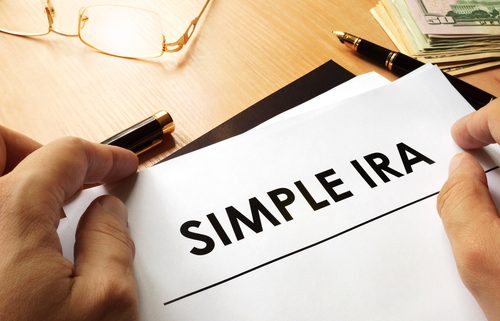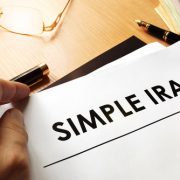What are the Requirements to Create a Self-Directed SIMPLE IRA?
Retirement isn’t only about which investments you make—it’s also about choosing the correct vehicles to house those investments. For that reason, many people turn to Self-Directed IRAs like the Self-Directed SIMPLE IRA when it fits their situation. But what does an investor have to do to create a Self-Directed SIMPLE IRA? What are the requirements you have to fulfill before opening one of your own? Let’s take a closer look at SIMPLE IRAs and see what you’ll need to have in advance.
Who Can Establish a Self-Directed SIMPLE IRA?
According to the IRS website, “Any employer (including self-employed individuals, tax-exempt organizations and governmental entities) that had no more than 100 employees with $5,000 or more in compensation during the preceding calendar year can establish a SIMPLE IRA plan.” That gives you a few key features to focus on: being an employer (including a self-employed individual) with up to 100 employees and having $5,000 or more in compensation during the preceding calendar year. The latter point highlights that you have to build up some history as a self-employed person or as an employer to create the SIMPLE IRA.
In simple terms, this means you might not think about creating and funding a SIMPLE IRA the first year you’re in business. However, as you demonstrate that you have a legitimate business and legitimate income, it can come time to start thinking about retirement accounts. And for that reason, a Self-Directed SIMPLE IRA can potentially be the right choice.
Why a Self-Directed SIMPLE IRA?
A SIMPLE IRA, also known as a Savings Incentive Match Plan for Employees, is an account you can set up to begin making retirement contributions for both yourself (if you’re self-employed) and for employed individuals working at your company.
One of the key attributes of self-direction is that you can easily make your own choices for investments. You will be limited in certain cases—for example, you couldn’t purchase a piece of real estate within a SIMPLE IRA and then turn around and rent that to your children, as that would be a personal benefit and not a retirement benefit, making it subject to taxation and penalties. However, you can use a Self-Directed SIMPLE IRA to invest in a wide range of asset classes, from real estate to precious metals and private companies—assuming that you stick to the rules.
You won’t be able to invest in collectibles like art or wine when you invest through a Self-Directed IRA, no matter what kind of account you’re using. But you should be able to find a wide range of investments that can give you broader access to retirement assets than you would have had in working through a more traditional arrangement.
Using a Self-Directed SIMPLE IRA
While some people imagine that a SIMPLE IRA can be a complicated thing, the truth is that the requirements are straightforward. You can find them right at the IRS website, and they’re broken down in clear language. What stops many investors is that they assume that opening something that isn’t a Roth IRA, or a Traditional IRA must be endlessly confusing, with too much paperwork to be worth it.
The truth? It’s called a SIMPLE IRA, after all. Investors who are looking for a way to invest and create a powerful retirement savings plan for employees might consider the SIMPLE IRA as a potential tool.
Interested in learning more about Self-Directed IRAs? Contact American IRA, LLC at 866-7500-IRA (472) for a free consultation. Download our free guides or visit us online at www.AmericanIRA.com.










